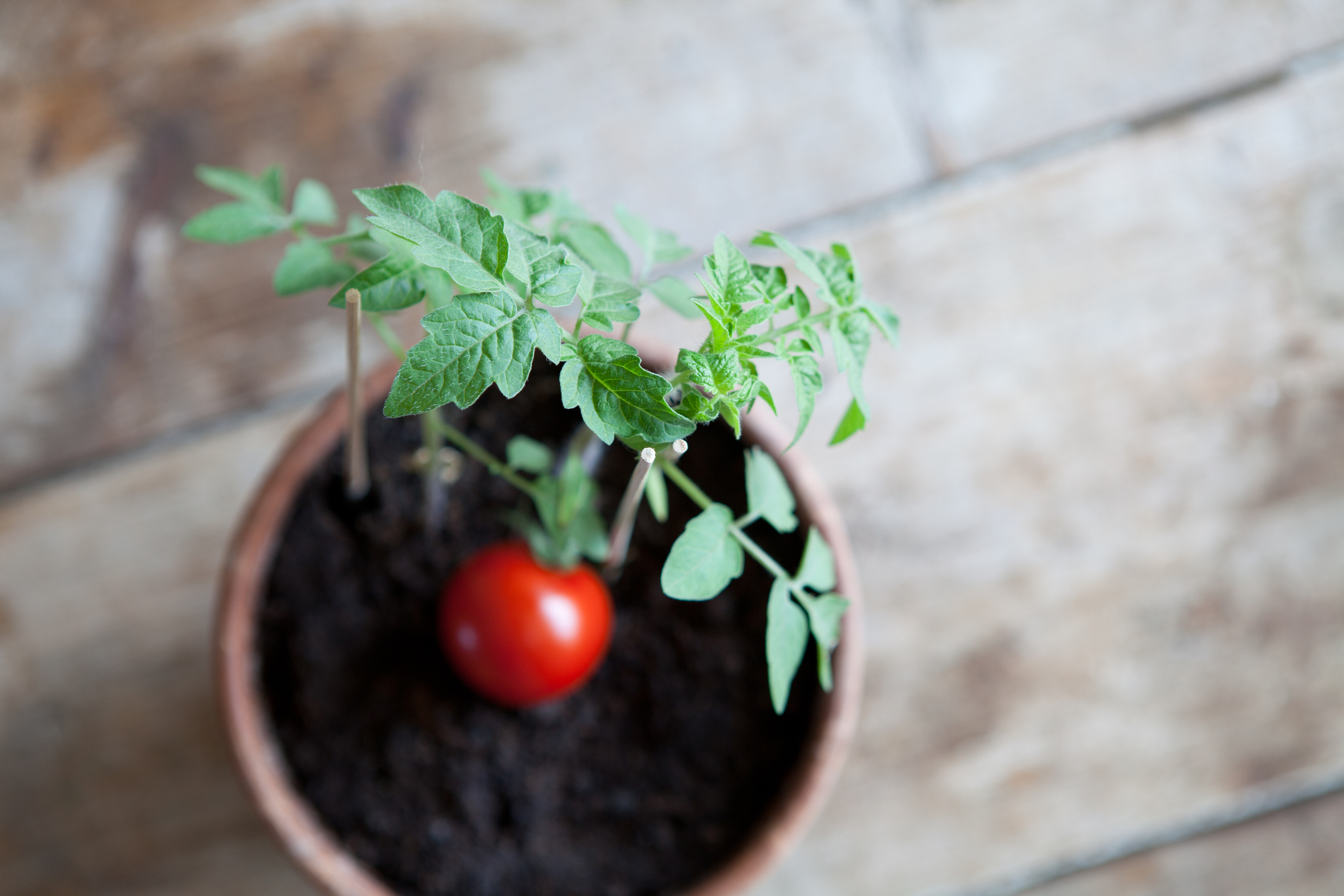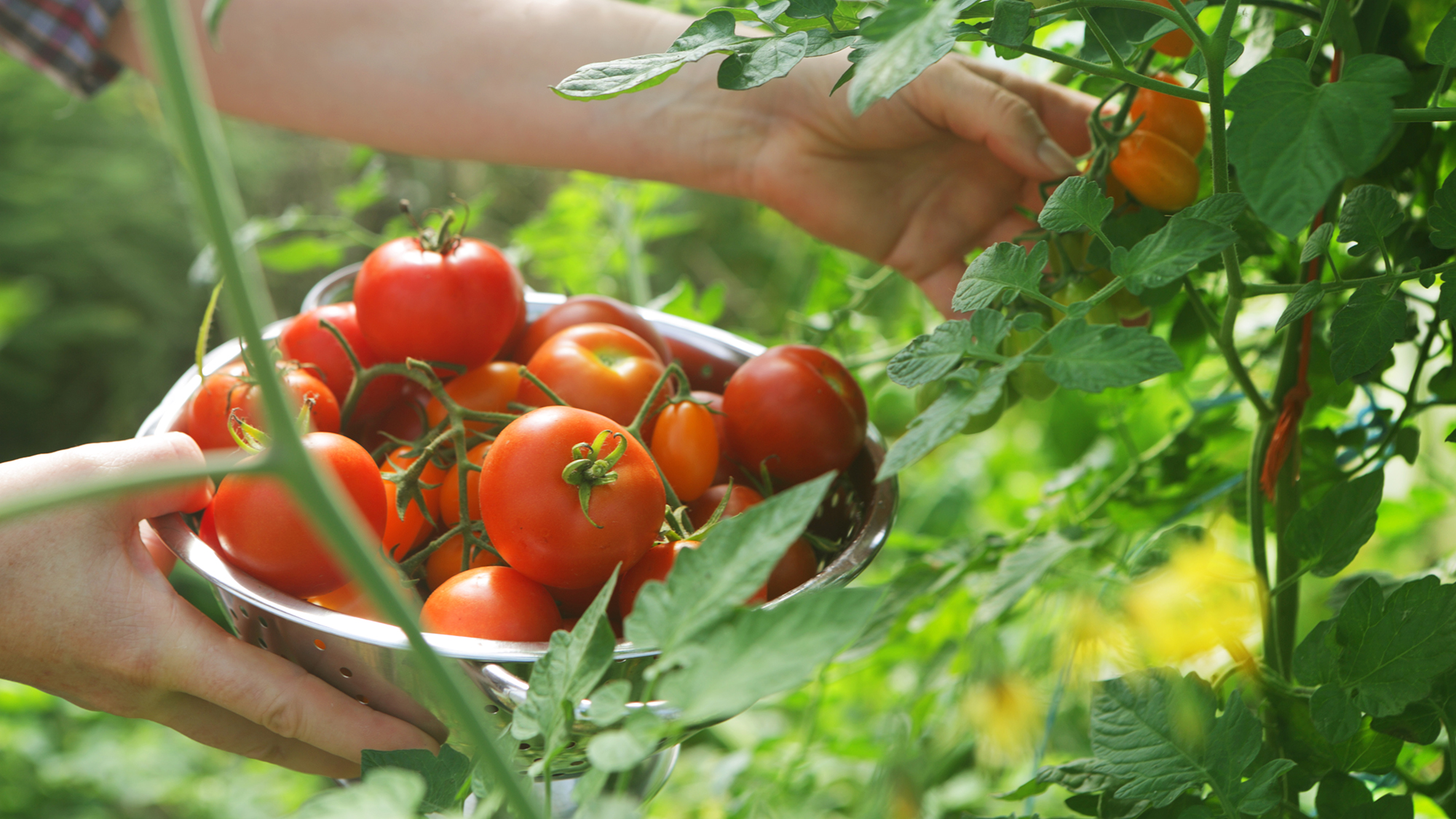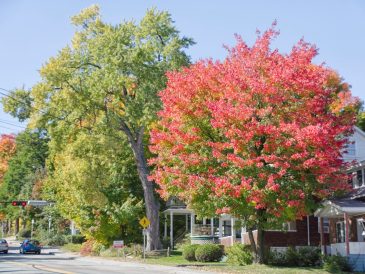Tomatoes are one of the most popular and adaptable fruits cultivated in home gardens worldwide. Growing tomatoes can be a profitable and pleasurable experience whether you have a huge garden or a little balcony. This article will walk you through the whole process of producing your own tomatoes, from selecting the correct types to caring for your plants throughout the growing season. Prepare to enjoy the flavor of sun-ripened tomatoes directly from your garden!
Choosing the Right Tomato Varieties
Before you start your tomato-growing adventure, it is essential to select the types that best fit your preferences and growing circumstances. There are hundreds of tomato varietals, each with its own distinct attributes and flavor profiles. Indeterminate cultivars are vining and require more area, whilst determinate kinds are compact and perfect for container planting. When choosing tomato types, consider size, flavor, disease resistance, and intended application (fresh eating, canning, or cooking).
Preparing the Soil
 Tomatoes thrive in well-draining, nutrient-rich soil. Begin by preparing the soil in your garden bed or containers. Clear the area of any weeds or debris and loosen the soil using a garden fork or tiller. Incorporate organic matter such as compost or well-rotted manure to improve soil fertility and drainage. Test the soil pH and adjust if necessary to maintain a slightly acidic to neutral range (pH 6.0-7.0), which is optimal for tomato growth.
Tomatoes thrive in well-draining, nutrient-rich soil. Begin by preparing the soil in your garden bed or containers. Clear the area of any weeds or debris and loosen the soil using a garden fork or tiller. Incorporate organic matter such as compost or well-rotted manure to improve soil fertility and drainage. Test the soil pH and adjust if necessary to maintain a slightly acidic to neutral range (pH 6.0-7.0), which is optimal for tomato growth.
Starting Tomatoes from Seeds or Transplants
Tomatoes can be grown from seedlings or transplants. You may get a head start on the growing season by starting seeds indoors. Seeds should be planted in seed-starting trays or pots filled with seed-starting mix. Maintain regular moisture in the soil and supply appropriate temperature and light. Once the seedlings have formed a few genuine leaf sets, they can be moved into bigger pots or directly into the garden.
If you prefer to start with transplants, purchase healthy and sturdy seedlings from a reputable nursery or garden center. Transplants should be carefully hardened off before planting them outdoors to acclimate them to the outdoor conditions gradually.
Planting and Care
 It’s time to plant your tomato seedlings in the garden or containers after the fear of frost has gone and the earth has warmed up. Plants should be spaced according to their suggested spacing to allow for adequate air circulation. Because tomatoes can produce roots along their stems, dig a hole deep enough to bury the seedling up to its first set of leaves.
It’s time to plant your tomato seedlings in the garden or containers after the fear of frost has gone and the earth has warmed up. Plants should be spaced according to their suggested spacing to allow for adequate air circulation. Because tomatoes can produce roots along their stems, dig a hole deep enough to bury the seedling up to its first set of leaves.
Stake or use tomato cages to support indeterminate tomato types. This helps to maintain the plants erect and keeps the fruit-laden branches from breaking.
Watering and Fertilizing
Tomatoes require consistent moisture, especially during hot and dry periods. Water deeply and regularly, ensuring the soil is evenly moist but not waterlogged. Avoid overhead watering, as wet foliage can lead to disease problems. Mulching around the plants with organic materials like straw or wood chips helps retain soil moisture and suppress weeds.
Fertilize your tomatoes regularly to provide essential nutrients for healthy growth and abundant fruit production. Use a balanced fertilizer or one specifically formulated for tomatoes, following the package instructions. Avoid excessive nitrogen fertilizers, as they can promote lush foliage growth at the expense of fruiting.
Pruning and Training
 Pruning tomatoes improves air circulation, lowers disease risk, and promotes better fruit development. Suckers (small shoots that sprout from leaf axils) that develop between the main stem and branches should be removed. To prevent soil-borne infections, remove the lower suckers and any foliage that touches the ground.
Pruning tomatoes improves air circulation, lowers disease risk, and promotes better fruit development. Suckers (small shoots that sprout from leaf axils) that develop between the main stem and branches should be removed. To prevent soil-borne infections, remove the lower suckers and any foliage that touches the ground.
Indeterminate cultivars can be kept erect and orderly by gently attaching the main stem to a stake or trellis. This improves availability of sunlight and facilitates harvesting.
Pest and Disease Management
Tomatoes can be susceptible to various pests and diseases, including aphids, tomato hornworms, blight, and blossom-end rot. Monitor your plants regularly for signs of pests or diseases and take prompt action if necessary. Integrated pest management techniques, such as handpicking pests, using organic insecticides, or introducing beneficial insects, can help keep pest populations under control. Proper sanitation, good air circulation, and avoiding overhead watering can help prevent diseases.





